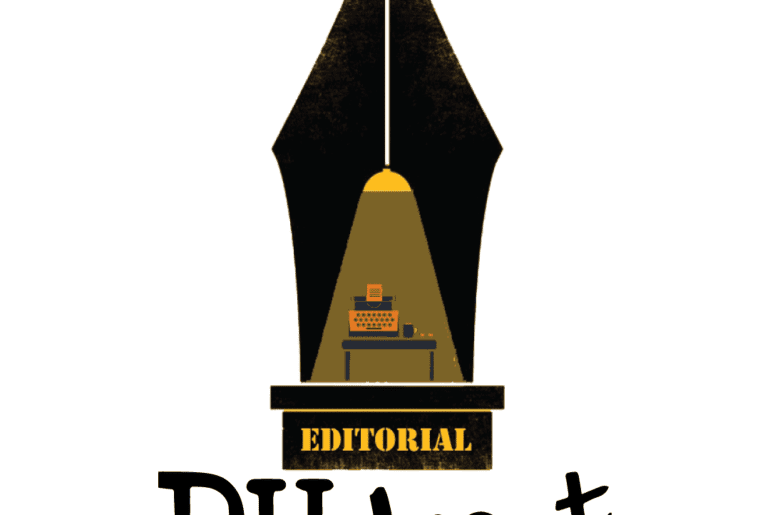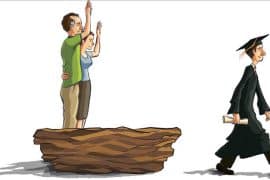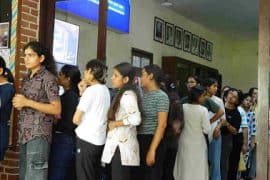Three years since the decriminalisation of Section 377, and the Indian Queer community continues to be on the receiving end of prejudice and discrimination. But with compulsory heterosexuality being guzzled down everyone’s throat, and the archaic patrolling of the borders of sexuality and gender identity, are we really surprised?
TW: mention of suicide, homophobia, conversion therapy
It is a truth universally acknowledged, that an Indian family deep in the trenches of society, will forever be plagued by the longstanding preoccupation of “log kya kahenge?” Miss Austen’s wordy prose aside, you would have to be an extremely lucky individual if you have somehow managed to escape this cultural obsession with propriety. It is hard to escape, impossible even for some.
And yet for others, it is an obsession that is oftentimes deadly. Last year, a queer woman from Kerala died of suicide after being forcefully subjected to conversion therapy. Two years before that, a lesbian couple died of suicide after being shunned by the world for their love. “We are leaving this world to live with each other. The world did not allow us to stay together,” is what their last words were, courtesy of a note that they left.
Social movements in India, like the feminist movement, have to a larger extent, been able to establish some legitimacy amongst the Indian public because of collective pressure on political authorities by these groups.
In comparison, the queer movement has struggled to gain the same form of legitimacy in society. A lesser number of people are willing to advocate for queer concerns or publicly identify as queer and advocate for queer activism. And in most cases, we can safely attribute this silence to the Indian social attitude towards sexuality and gender identity. This rigorous and despotic policing of the borders of “normal sexuality” means that fears of many kinds are commonplace in the lives of people under the rubric of queer. This, coupled with intersectionality, makes the lives of many queer people cramped with fear and shame, reflective of societal sentiments.
“Talk more about it!” or “Be vocal about your problems!” It is easy to ask people to advocate more outrageously about their issues when your own head isn’t on the chopping board. And when talks of queerness in the conventional Indian setup are centred around pathological and criminological perspectives- around conversion therapies and social isolation- with what right would we dare ask the queer community to self-identify?
How can we blame them, when parents value their social standing in a stunted and backward society more than their children’s happiness?
Perhaps I am merely parroting what you have already read in hundreds of articles. Or perhaps this might lead to a belated cognizance within many. But your allyship to the queer community
means nothing when it is practised only in a safe space. Your threads about queer subtext in Indian mythology are useless unless you’re willing to take them beyond your Twitterverse. This society is more brutal than what we perceive, discussing issues at large while sitting at the dinner table with people who think the same as us. What’s the use? They already know. It’s time to move past them.
Read Also: E-Newspaper – Volume 15 Issue 01 (Pride Edition)
Shreya Juyal





Comments are closed.